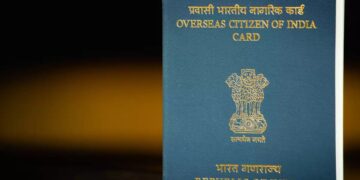On the morning of Wednesday, a major 7.4-magnitude earthquake hit Taiwan’s east prompting tsunami warnings for the self-ruled island as well as parts of southern Japan and the Philippines.
The quake hit just before 8:00am local time (0000 GMT), with the United States Geological Survey (USGS) putting the epicentre 18 kilometres (11 miles) south of Taiwan’s Hualien City, at a depth of 34.8 km.
Japan’s Meteorological Agency (JPA) issued a warning for tsunami waves as high as three metres (10 feet) for remote Japanese islands in the region, including Miyakojima island.
Authorities issued a tsunami warning via text message in Taiwan to remind people in coastal areas to take strict precautions and pay attention to the dangers caused by sudden surges in waves.
The initial earthquake was felt across Taiwan, from the southern Pingtung county to the north in Taipei reporting strong shaking sensations.
The aftershocks which included a 6.5-magnitude earthquake near Hualien were also felt in Taipei, according to Taipei’s weather agency.
In the capital, the metro stopped running but appeared to have resumed within an hour, while residents received warnings from their local borough chiefs to check for any gas leaks.
‘I wanted to run out but I wasn’t dressed. That was so strong’ said Kelvin Hwang, a guest at a downtown hotel who sought shelter in the lift lobby on the ninth floor.
Officials said the earthquake was the strongest felt on the island in decades. ‘The earthquake is close to land and it’s shallow. It’s felt all over Taiwan and offshore islands’ said Wu Chien-fu, director of Taipei’s Central Weather Administration’s Seismology Center.
He told media reporters, ‘It’s the strongest in 25 years since the (1999) earthquake’.
A 7.6-magnitude quake hit Taiwan in September 1999, killing around 2,400 people in the deadliest natural disaster in the island’s history.

















Comments